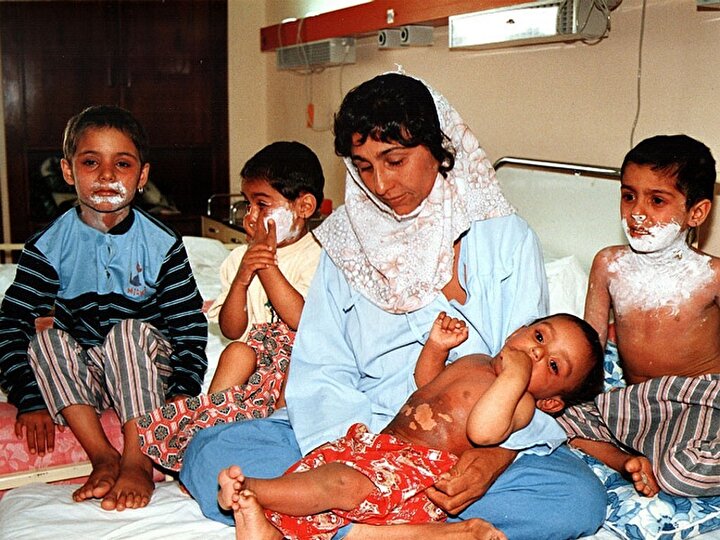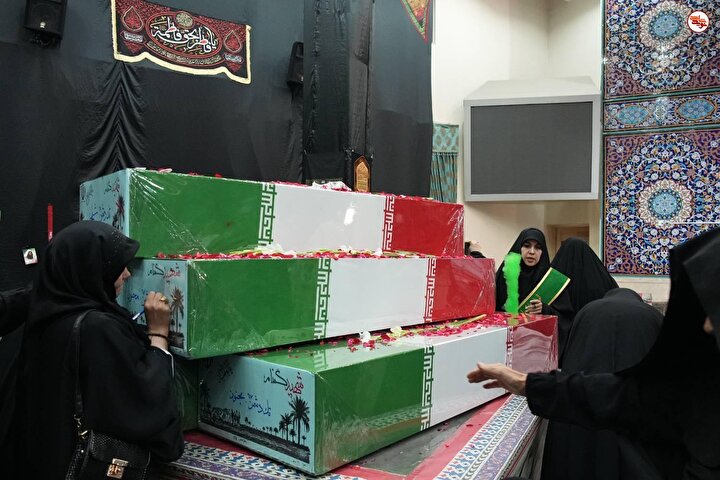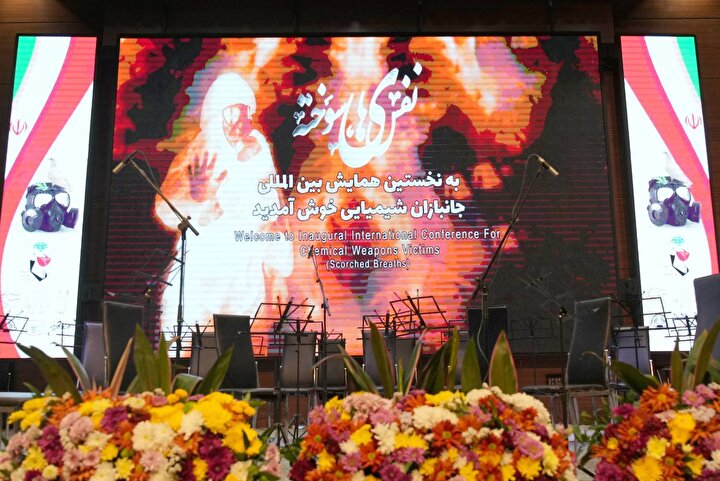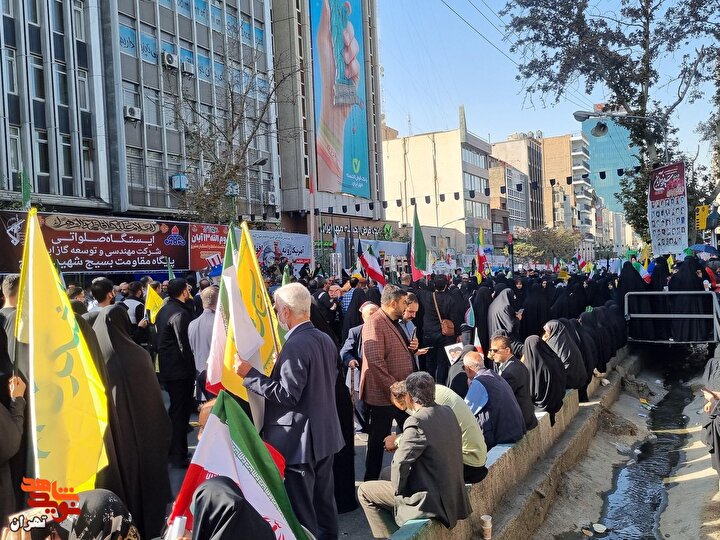
The Demise of the Supreme Leader of the Islamic Revolution

The Demise of the Supreme Leader of the Islamic Revolution
Although he was nearing ninety years of age, Imam Khomeini did not falter for a moment in his efforts to elevate the Islamic community, and even at that age was still one of the most active political leaders in the world. Every day he not only studied the important news data-x-items and reports in the country’s official newspapers, read dozens of news bulletins and listened to the news reports on domestic radio and television, but in addition he also tuned in to the news reports and analyses of the foreign radio stations.
Imam firmly believed in the need for planning and having order and discipline in one’s life. Certain hours of the night and day he spent in worship, prayer and reading the Qur’an. Taking walks while at the same time repeating words in praise of God and pondering matters formed a part of his daily routine. His cumulative, daily activities, along with his meetings with officials of the Islamic system, did not mean that his contacts with the ordinary people from all segments of the population were ignored, and up until the last week of his blessed life, he met with the families of the martyrs every week.
Even though he suffered from a heart disease, and in 1979 (1358 AHS) spent some time in the heart hospital in Tehran, what caused Imam Khomeini’s departure from this ephemeral world was a disease of the digestive system. On the recommendations of the doctors treating him, he was operated on and after ten days in hospital, at 10.20 pm on Wednesday June 3, 1989 (Khordad 13, 1368 AHS) he bid farewell to this transitory world.
The body of that great man was taken to the large prayer grounds in Tehran where it lay in state on the day and during the night of June 5 so that the martyr-nurturing nation of Iran could see their spiritual leader for the last time and say their farewells.
In an atmosphere of indescribable grief, millions of men and women clad in black, young and old alike from all over the country took part in the funeral ceremonies for that great man. The numbers participating were so great that even the Western news agencies had to acknowledge the magnificence of the affair, and some of them even put the figure of mourners at more than 17 million.
Imam’s body was buried in an area close to Tehran’s main cemetery, Behesht-e Zahra, where the martyrs of the revolution are buried. Following this, Islamic Iran spent a 40-day period lamenting the death of its father, and wherever you looked throughout the land, the black flags of mourning groups of mourners beat their chests at the loss of the defender of Islamic values. The holy burial place of that dear person is now a site of pilgrimage for Muslims, freedom-seekers and independence-seekers from all over the world.




